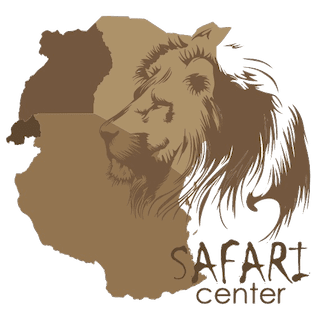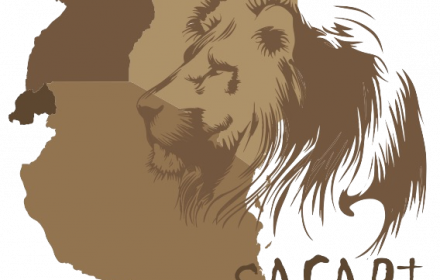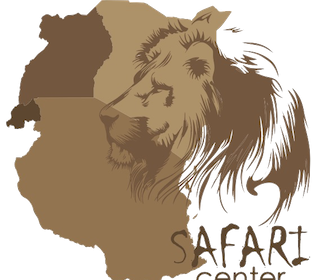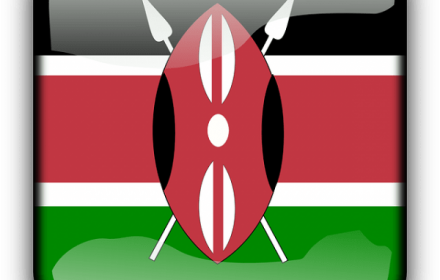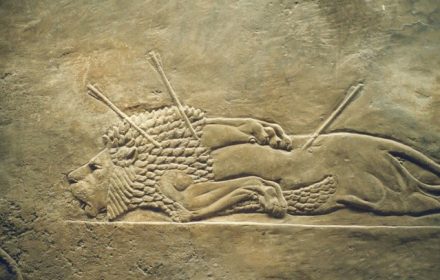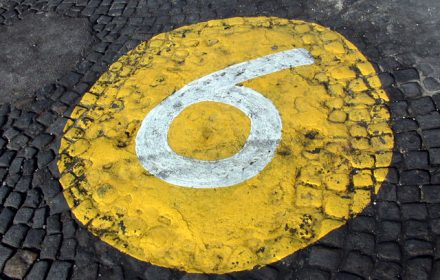This quiz is best viewed on desktops
Kenya Lion
This quiz is best viewed on desktops
This quiz is best viewed on desktops
This quiz is best viewed on desktops
This quiz is best viewed on desktops
This quiz is best viewed on desktops
Videos of Kilifi hotels, resorts, apartments and villas
Travel Down The Memory Lane Visiting The Museums Of Kenya
Traditionally, Maasai are pastoralists who inhabit the plains and savannahs of southern Kenya. However, in modern times, this is slowly changing due to land loss, formal education, religious conversion, and livelihood diversification. Maasai holds a special spot in people’s imagination, being intimate to wild Africa. People come to Kenya not only to enjoy safaris but also to see the Maasai. Maasai hunting and killing of lions is often considered as a symbol of tribal Africa. Yet, with the lion populations threatened, Maasai hunting is garnering outrage, shock, and misunderstanding raising concerns in conservation literature as well as in the media.
Maasai rituals which are an essential part of their culture are symbolized using beads, shields, dressings, markings and designs. Some ceremonies are intended for both women and men. Others are solely for either males or females. Female ceremonial rituals are focused on their marriage. Each Maasai ritual is a step toward God. Maasai ceremonies serve to mark their age-set classes of social system and political culture in the strictest form. But they do not distinguish age or time in the modern way. They approximate time to 14-year sections. The 6 Maasai ceremonies are Enkipaata, Emuratare, Olomaylo, Emanyatta, Eunoto and Orngesherr.
